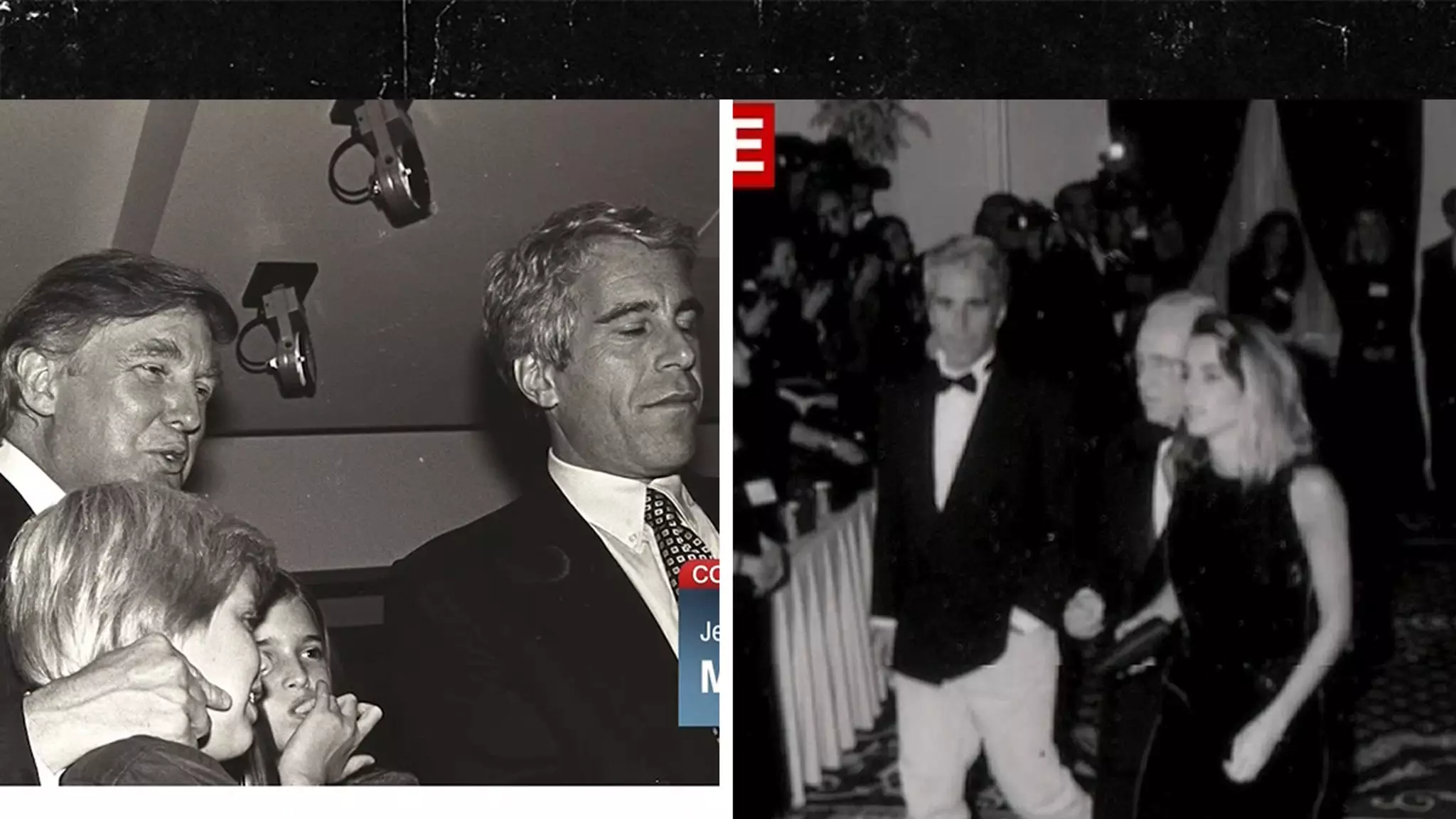The resurfacing of old photographs and video footage has reopened a chapter of American social history often shrouded in suspicion and intrigue. A series of never-before-seen images depict Donald Trump and Jeffrey Epstein sharing a moment at Trump’s 1993 wedding to Marla Maples. The photographs, obtained by CNN, depict Epstein in the background of a grand event at the Plaza Hotel, a setting synonymous with New York’s luxurious social scene. Epstein’s presence—walking through the lobby or photobombing celebrity snapshots—raises eyebrows, but it’s crucial to interpret these images critically. They highlight a social circle that intersected, but don’t inherently imply nefarious intent. The casual nature of these photographs, coupled with the context, suggests a complex history rooted in social familiarity rather than outright covert dealings.
Challenging Narratives with Context
In addition to photographs, the revelation of a 1999 video showing Trump and Epstein engaging in a lively conversation at a Victoria’s Secret fashion show complicates the narrative. The footage captures a seemingly jovial interaction—Trump, Epstein, Melania, and others exchanging laughter. This scene, however, is often interpreted through a lens of suspicion solely because of Epstein’s later criminal activities. Yet, the White House has dismissed these images as “out-of-context” and “innocuous,” emphasizing that Trump distanced himself from Epstein long before any allegations surfaced. The statement accusing the media of “fake news” aims to assert innocence and dismiss the implication of deeper connections.
The Nuance of Relationships in Power Circles
While appearances matter, they oftentimes distort the complexity of social connections, especially among the elite. Epstein’s criminal conviction in 2006 and subsequent notoriety serve as a backdrop that colors all interactions with him. Donald Trump’s name appears multiple times in Epstein-related files, but no concrete evidence suggests Trump’s involvement in Epstein’s criminal activities. The timeline indicates their acquaintance predates Epstein’s indictment, but lack of direct evidence invites skepticism about the depth of their relationship. It’s a reminder that social networks among the wealthy can be vast, intertwined, and fraught with ambiguity—an uncomfortable reality that challenges naive assumptions of innocence or guilt based on superficial interactions.
Media and Public Perception: A Battle of Narratives
The controversy surrounding Epstein’s files and the media’s portrayal of Trump’s past associations exemplify the battle over narrative control. Critics argue that photographs and videos—harmless or not—are weaponized to tarnish reputations, especially in polarized political climates. Supporters counter that transparency is vital and that any association warrants scrutiny, regardless of intent or the passage of time. This tug-of-war illustrates a broader societal struggle to interpret social evidence critically, refusing to accept surface-level explanations without questioning underlying motives and contexts.
Reflections on Power, Influence, and Moral Judgment
Ultimately, the ongoing scrutiny of Trump and Epstein’s relationship underscores a deeper societal obsession with morality, guilt, and the unseen shadows behind the veneer of wealth and fame. Society must grapple with the uncomfortable truth: social connections among influential figures are often complicated and layered. While it’s imperative to demand accountability and transparency, it is equally important to recognize the difference between association and complicity. The visible evidence—photos, videos, files—is only part of the story; the deeper question remains about what truly constitutes misconduct and how justice should be pursued in the relentless arena of public opinion and political rivalry.

